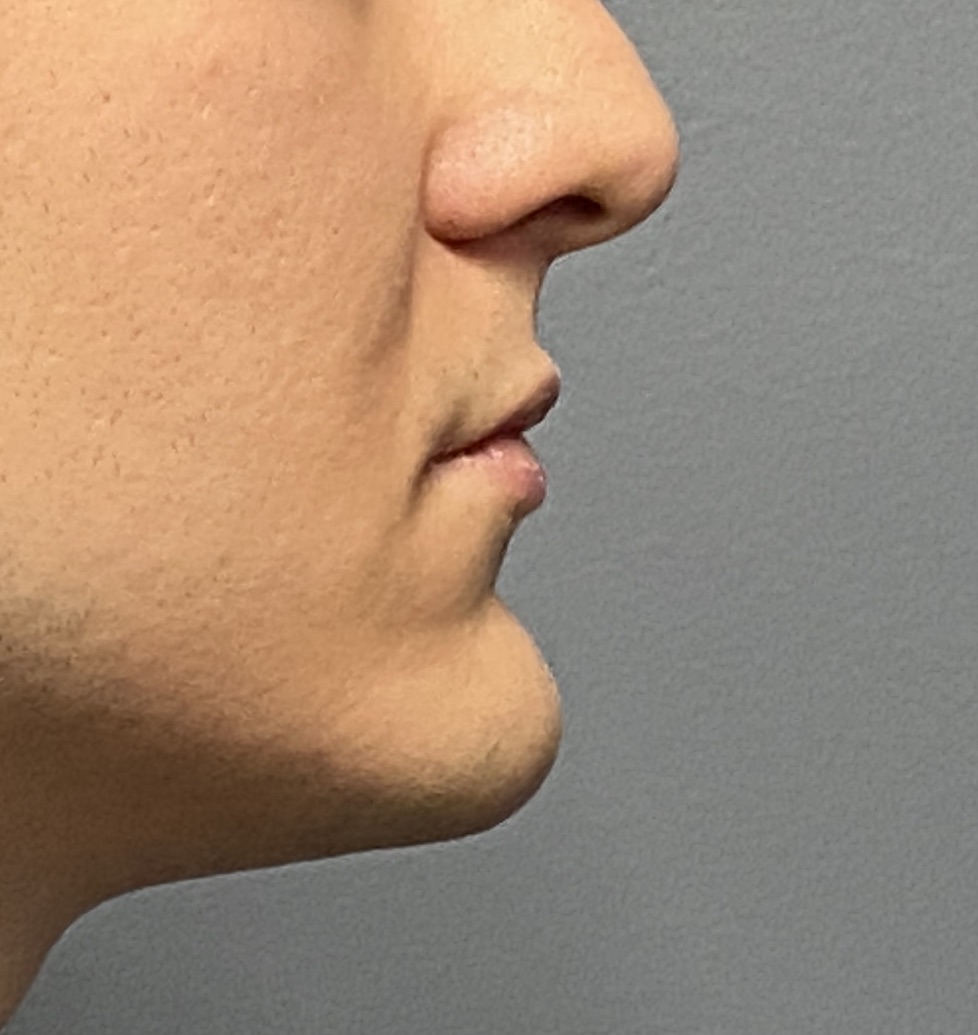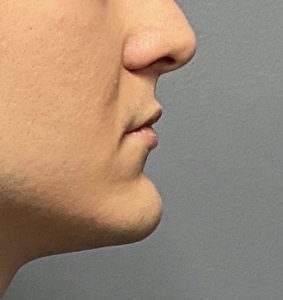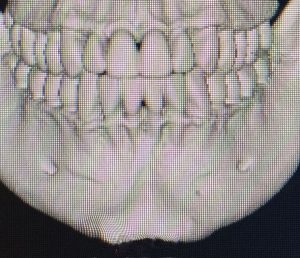Background: The chin is a distinctive human facial feature that is not found on other mammal. Its exact function has yet to be precisely defined. Its shape has a raised vertical ridge along the symphyseal midline along with paired bulbous formations on each side of its lower edge known as mental or lateral tubercles. These three bony prominences created a triangular formation on the front or most projecting part of the chin which is more evident in some than others.
The shape of the chin is well known to be different between men and women. One of the most prominent differences is that men have larger and more prominent developments of the lateral tubercles at the base of the chin. These larger tubercles create a broader chin which has been shown to be the one feature that is consistently different between men and women. Women often lack these prominences and, as a result, tend to have more narrow or pointy chins.
Despite men having broader chin development and shape they are less likely to present for chin reduction surgery. The tolerance for a larger and more prominent chin is greater in men than women and may even been seen as aesthetically desirable. But when men do present for chin reduction their chin projection is usually quite excessive…although that is subject to individual interpretation.
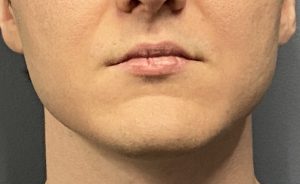
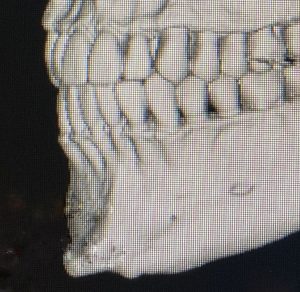
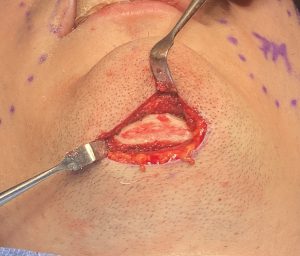
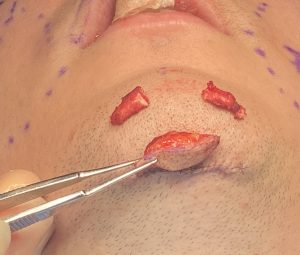
Bony chin reduction can be done by several different methods, all with somewhat different aesthetic outcomes as it relates to the overlying soft tissues. Many surgeons performed intraoral shaving of the chin to provide horizontal reduction but this will always result in some degree of chin ptosis. The question is not whether it will occur but whether it will be significant. Continuing on the intraoral approach a reverse sliding genioplasty can also be done but is associated with increased submental fullness as the overlying soft tissues are pushed back and the wings of the bony chin protrude below the inferior border of the jaw behind them.
The third option, as used in this case, is an external approach in which the excessive soft tissues are excised and/or tucked under the now more posterior inferior border of the chin bone. It does create a fine line submental scar but this is considered a better tradeoff than the risk of chin pad ptosis.
Case Highlights:
1) Chin reduction in men is often an excessive horizontal projection
2) Excessive chin projection can occur/be seen by prominent lateral tubercles development.
3) Horizontal chin reduction is best done by a submental approach where both excessive bone and soft tissue can be both managed.
Dr. Barry Eppley
World-Renowned Plastic Surgeon

